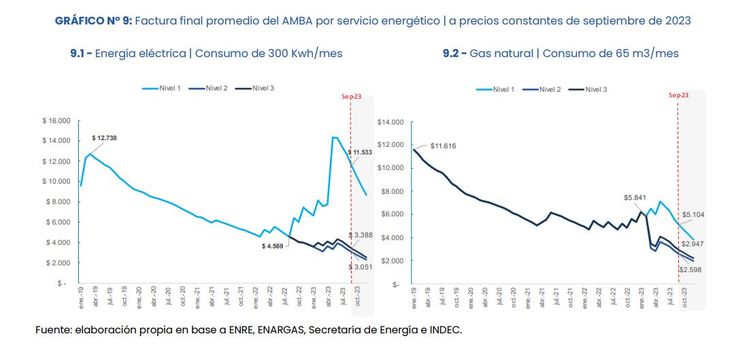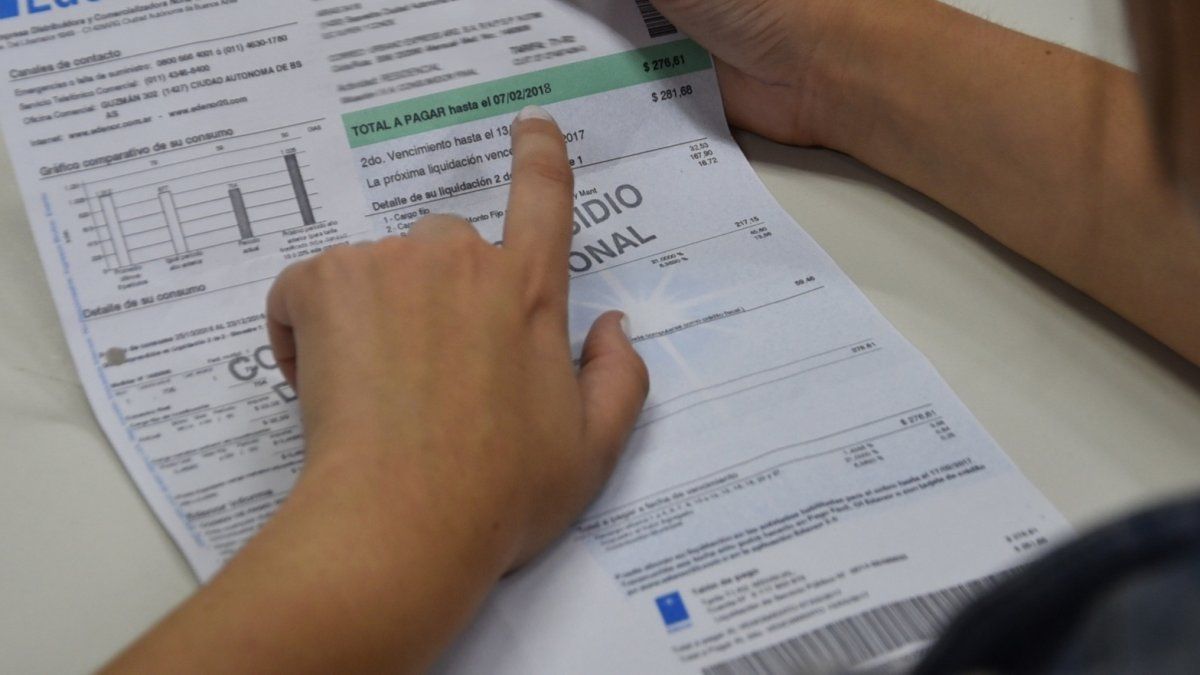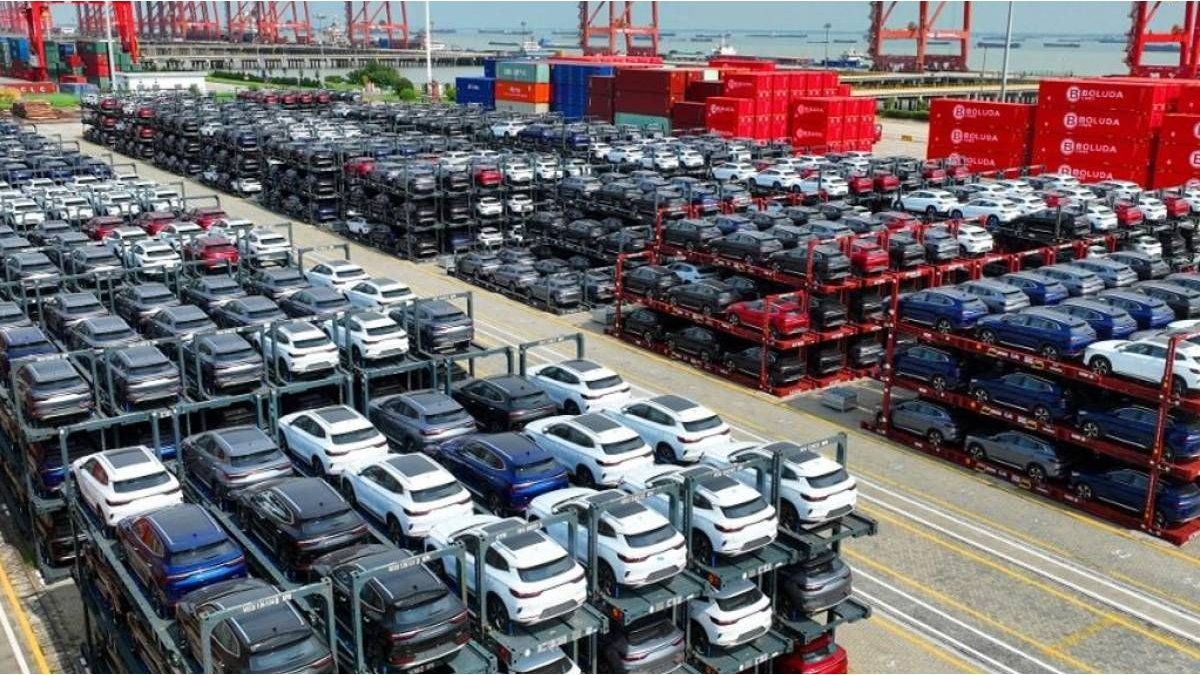Electricity and gas rates have been frozen since August, post PASO. In November there could be increases for middle and low-income users, who pay less than 20% of the generation cost. For high income and industry, who pay 100%, there could be declines.
After the primary elections in August, electricity and gas rates were one of the sectors that were frozen until November, after the general elections. This was determined by the Minister of Economy and candidate for president of UxP, Sergio Massa. A few days before the deadline ends, the Secretary of Energy, Flavia Royón, anticipated that prices could be unfrozen for those with medium and low incomes, who do not pay even 20% of the total cost. However, for those who pay the full cost, he reported that they could have a decrease in the electricity bill.
The content you want to access is exclusive to subscribers.
When asked about the future of rates starting in November, Royón stated: “What is going to happen is that for the transportation segment high income will even have a slight decreasebecause the monomic cost starting in November will trend downward, like every summer, because you have less generation with LNG and gas.”
Furthermore, he specified that the decrease could be of a 6%and that will reach not only the N1 segment of high-income residential users, but also to industry and commerce who pay the full cost of energy.
When asked what will happen to middle- and low-income families (the so-called N3 and N2), Royón answered: “At the time we had defined that in November we were going to call a hearing, but it is an issue for which we still have We have to meet with the Minister. It’s not closed. What I can assure is that there will not be sudden increases in energy.”
Rates: expensive or cheap?
Higher-income users pay almost 100% of the cost of electricity demand, while middle-income users (N3) pay only 17%, and the most vulnerable (N2) pay 13%, according to research carried out by the IIEP-UBA-Conicet Tariff Observatory.
Both the average electricity bill and the average natural gas service bill in the Metropolitan Area (AMBA) have been reduced in real terms since December 2019, according to the work of the IIEP. “It is expected that in the absence of new increases, the average final bill for energy services will reduce in real terms towards the end of the year, due to the inflationary dynamics that accelerated starting in September,” they anticipated.
For example, an electricity bill that in January 2019 cost $12,738, for N1 users today it is $11,533, but due to segmentation, those with medium incomes pay $3,388 and those with low incomes pay $3,051. It is based on a consumption of 300 Kwh/month. Meanwhile, for natural gas, a bill that in 2019 was $11,616, today is $5,014 for N1, $2,947 for N3 and $2,598 for N2, as prepared by the IIEP for a consumption of 65 m3/month.
rates.JPG



Source: Ambito




